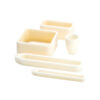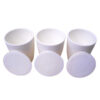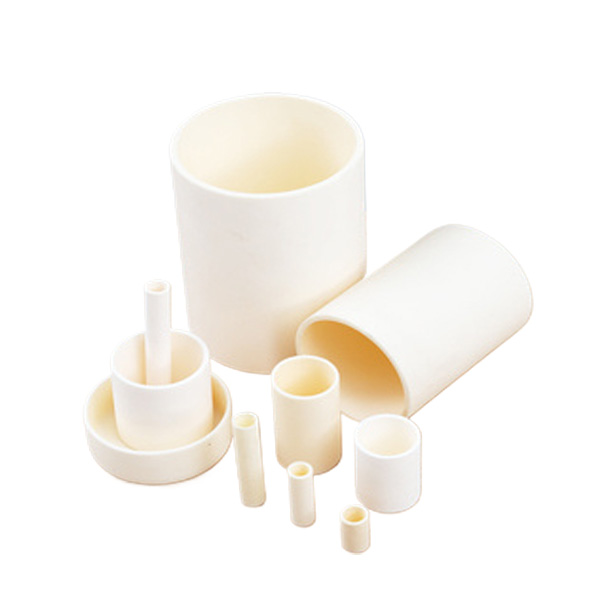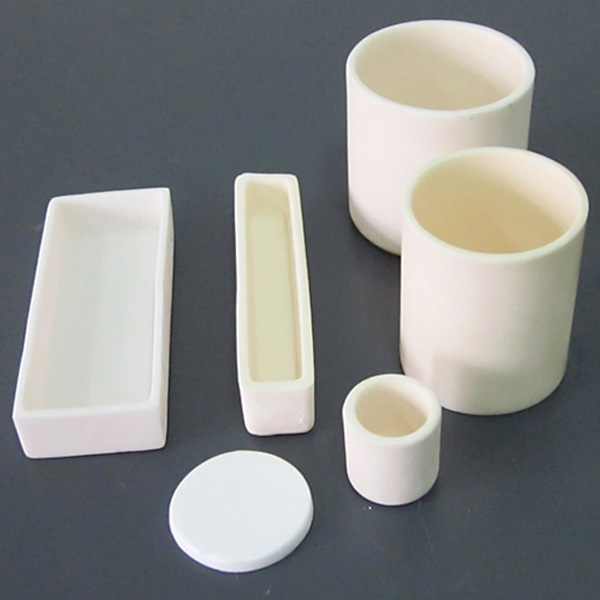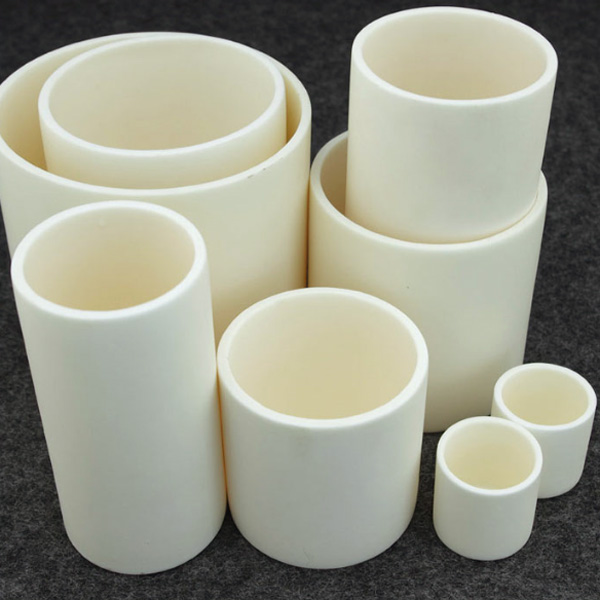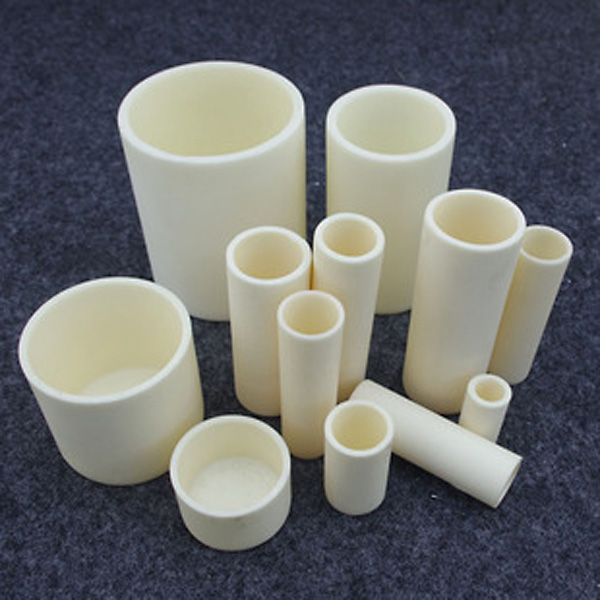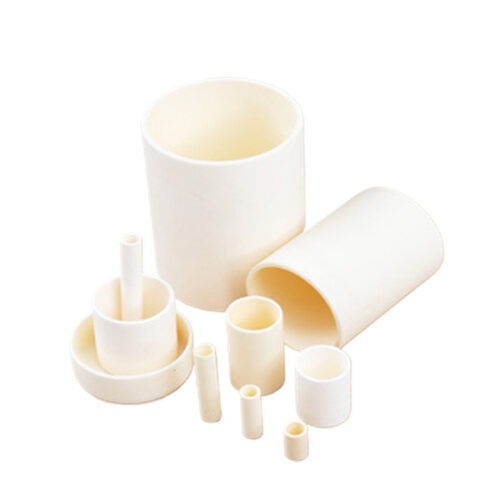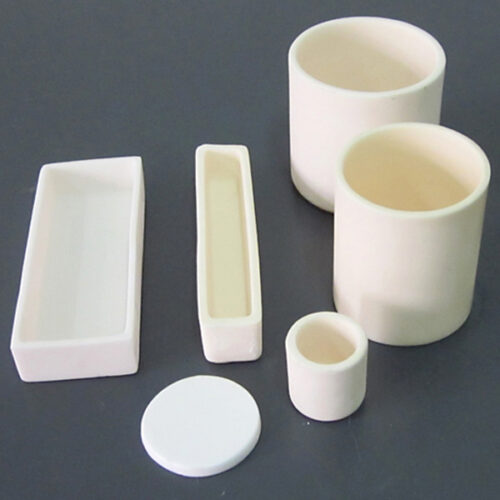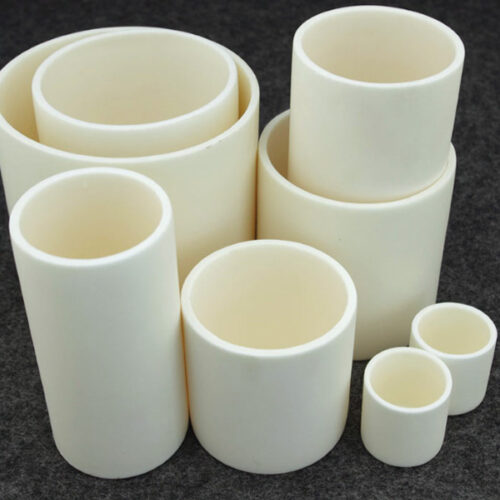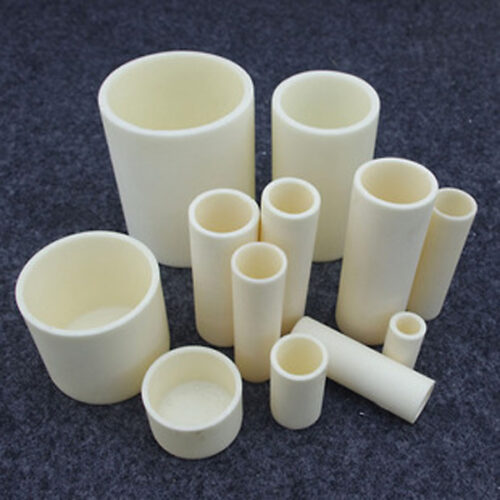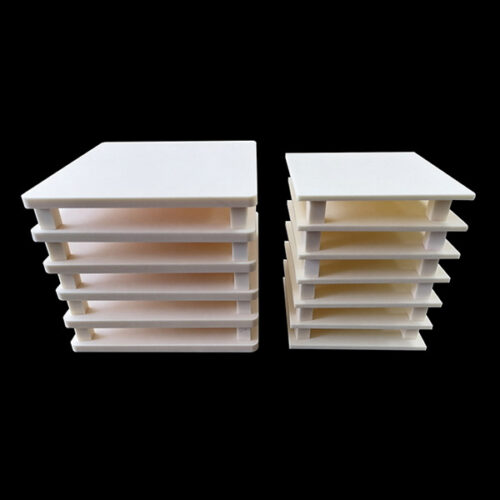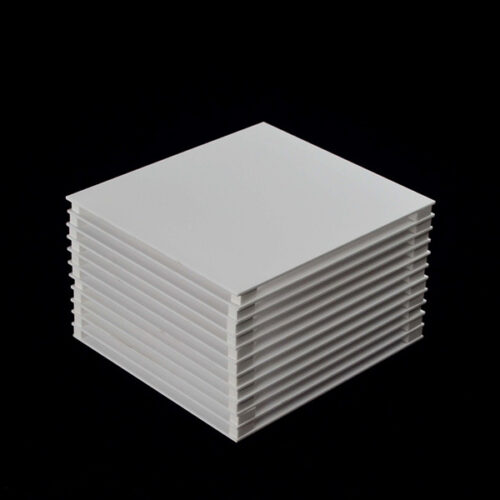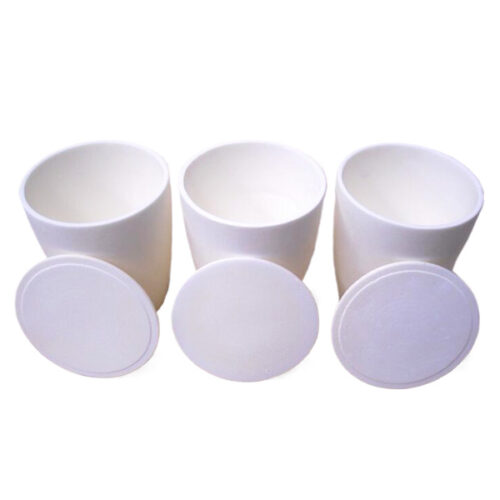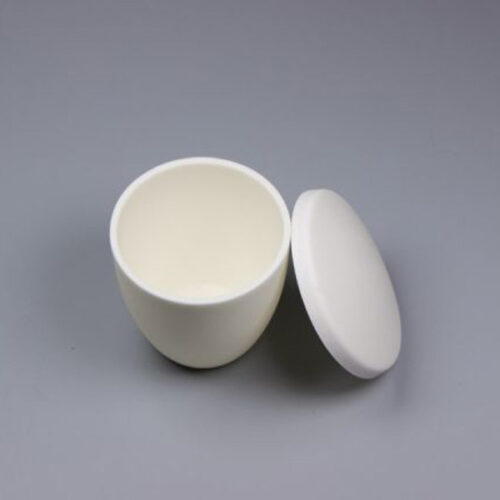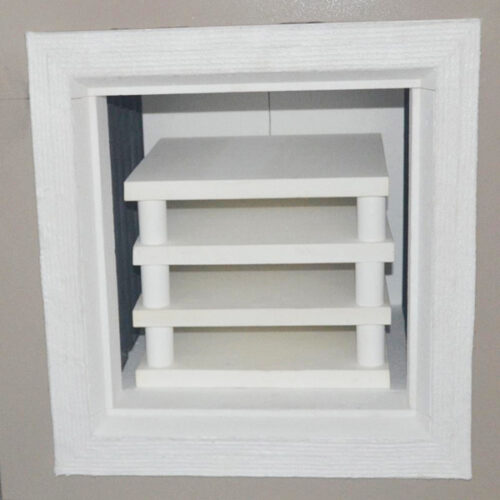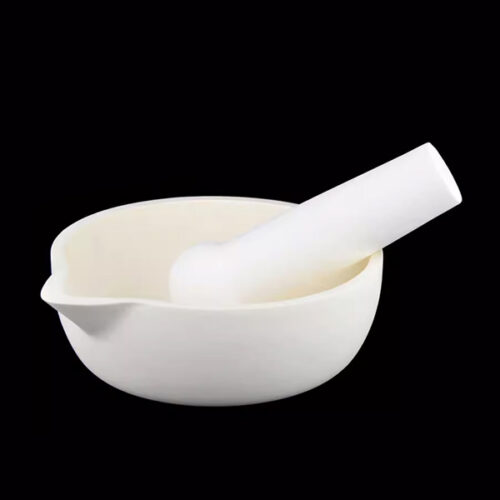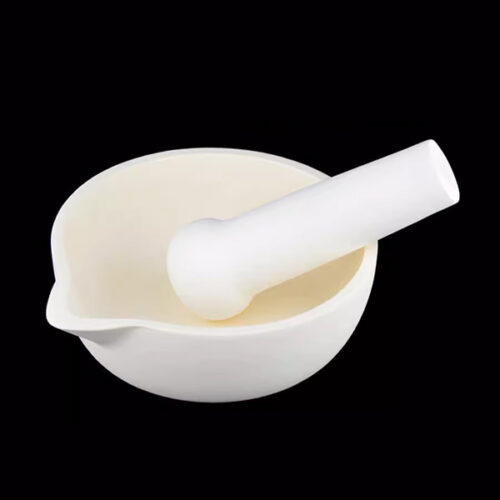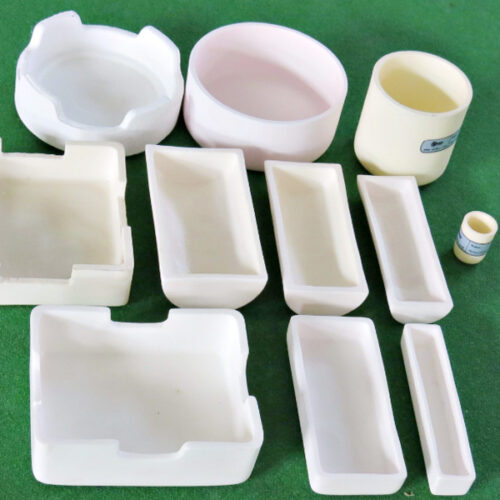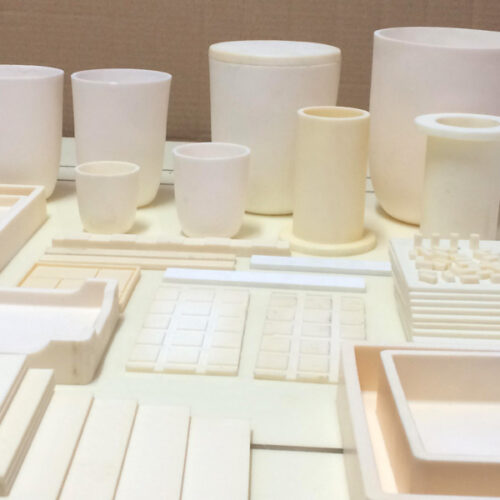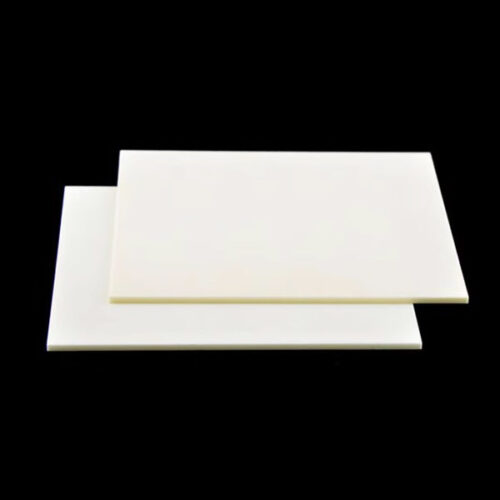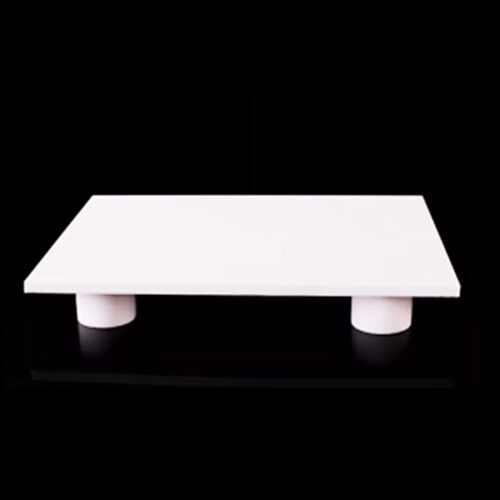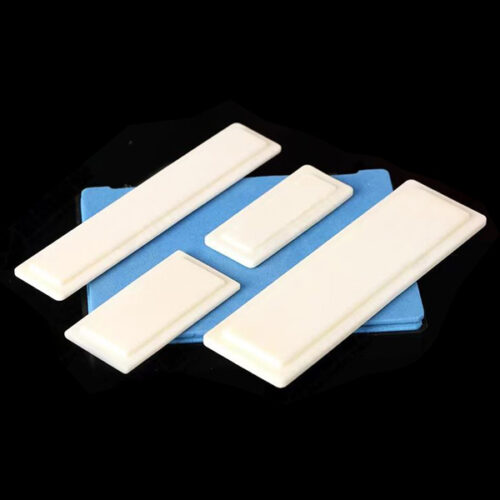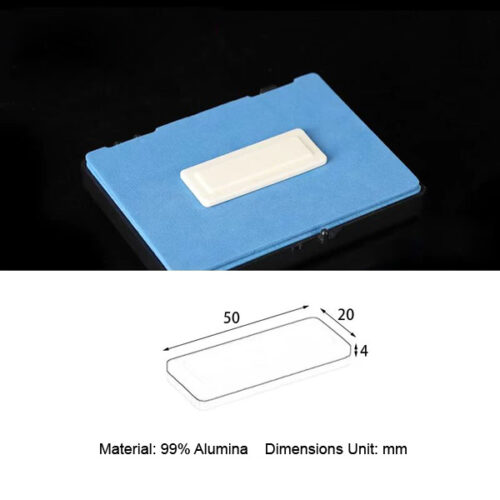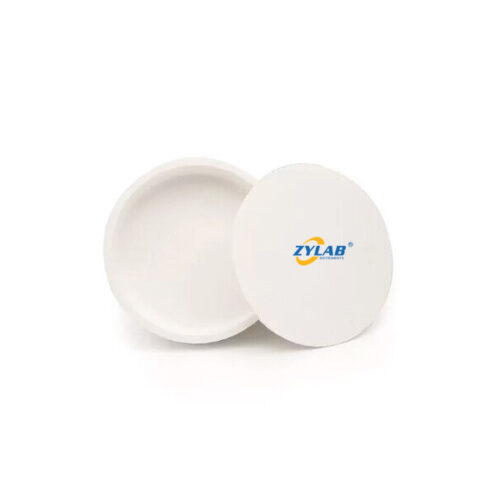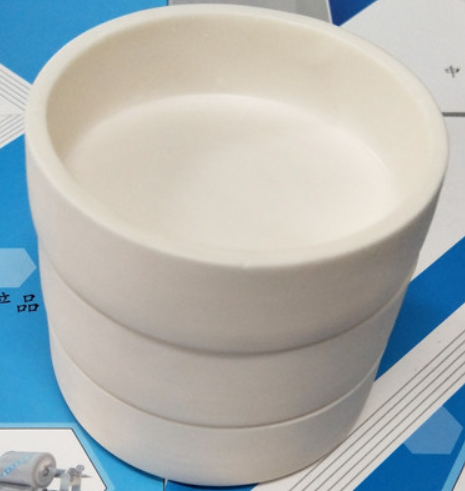Round Cylindrical Corundum Crucible
Introduction:
The cylindrical corundum crucible is a common refractory container used in high-temperature experiments and industrial production.
Its shape resembles a cylinder with an opening for placing samples or substances.
Made of corundum (alumina) material, the cylindrical corundum crucible exhibits excellent refractoriness and chemical stability, capable of withstanding high-temperature environments.
Manufacturing Process:
1. Making the mold for the product.
2. Making the raw body of the crucible.
3. Putting the finished raw body into the kiln for firing.
4. Sorting and storing the crucibles after they pass the inspection.
Advantages:
1. The product material is 99% alumina (Al2O3 > 99%), with high purity.
2. Adopting slip casting/pressing molding process.
3. Firing temperature is 1800°C, long-term use temperature ≤ 1600°C.
4. High temperature resistance and chemical corrosion resistance.
Our Offered Specifications for Cylindrical Corundum Crucible:
| Round Cylindrical Corundum Crucible Specification Table (UoM:mm) | |||
| (φ12*12)0.8ml | (φ16*20)3ml | (φ28*17)7.5ml | (φ30*28)15ml |
| (φ40*40)35ml | (φ50*60)85ml | (φ50*80)120ml | (φ60*100)220ml |
| (φ80*100)360ml | (φ90*90)450ml | (φ100*100)630ml | (φ115*130)1000ml |
| (φ130*130)1400ml | (φ150*140)2000ml | (φ180*170)3400ml | (φ200*200)5240ml |
| There are multiple specifications available. For detailed dimensions, please consult our professional customer service personnel. | |||
Applications:
1. Melting Experiments: Used for melting metals, ores, ceramics, and experiments in mineralogy and geology.
2. Chemical Reactions: Employed for heating, sintering, calcination, and other treatments in chemical reactions, such as chemical synthesis and catalyst preparation.
3. Metal Smelting: Utilized for sample holding and heating in metal smelting processes, including melting and refining iron, copper, aluminum, and other metals.
4. Ceramic Manufacturing: Applied in the sintering, melting, and firing processes of ceramic materials, including the preparation of ceramic ware and particles.
5. Material Research: Employed in studying the properties, phase transitions, and thermal stability of materials at high temperatures, including ceramics, metals, and polymers.
Related Equipment:
Alumina Crucible Usage Precautions:
1. Before the first use, preheat the crucible in an oven at around 105°C for 120 minutes to remove moisture.
2. Do not directly heat the crucible with gasoline blowtorch, acetylene torch, or alcohol burner to avoid uneven heating and cracking of the product.
3. The heating or cooling rate should not be too fast. The temperature change below 1200°C should be <5°C/minute, and above 1200°C should be ≤4°C/minute. When cooling, it is recommended to control the temperature by powering off gradually. Cooling too fast during the initial cooling phase after turning off the power may cause the product to crack.
4. The distance between the product and the heating element (such as carbon tube, silicon molybdenum rod, or heating wire, etc.) should be >2cm.
5. The bottom of large crucibles should preferably not directly contact the bottom of the furnace. It is recommended to use alumina foot pads or other heat-resistant materials to lift the crucible, forming air convection to prolong the service life of the product.

